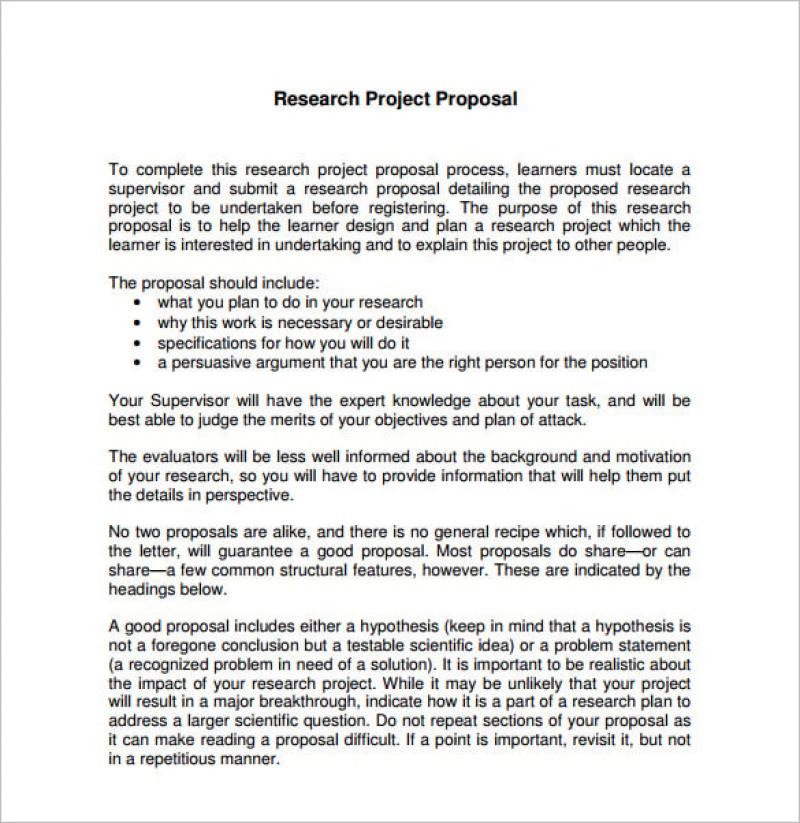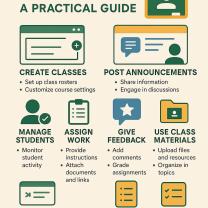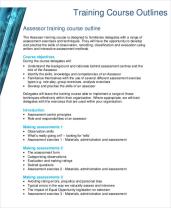What is the purpose of a research proposal paper?
A research proposal serves several crucial purposes in the research process. Here are some key roles and purposes of a research proposal paper:
Introduction to the Research Topic:
- A research proposal provides an introduction to the chosen research topic. It outlines the context and background of the study, explaining why the research is necessary and relevant.
Definition of the Research Problem:
- The proposal clearly defines the research problem or question that the study aims to address. It helps readers understand the scope and focus of the research.
Literature Review:
- A research proposal typically includes a literature review that surveys existing scholarly works related to the research topic. This demonstrates the researcher's knowledge of previous studies, identifies gaps in the literature, and justifies the need for the proposed research.
Research Objectives and Hypotheses:
- The proposal outlines the specific objectives of the research and, if applicable, presents hypotheses that the study aims to test. This helps clarify the research direction and goals.
Research Design and Methodology:
- The proposal describes the research design and methodology that will be employed. It outlines the research approach, data collection methods, sampling techniques, and any instruments or tools used for analysis.
Significance of the Study:
- Researchers explain the significance of their study within the proposal. This involves discussing the potential contributions to the field, the impact on existing knowledge, and the practical implications of the research findings.
Feasibility and Resources:
- A research proposal addresses the feasibility of the study, considering factors such as time, budget, and available resources. It demonstrates that the researcher has considered practical aspects of conducting the research.
Ethical Considerations:
- Researchers outline ethical considerations and procedures within the proposal. This includes issues such as informed consent, confidentiality, and any potential risks to participants.
Timeline:
- Many research proposals include a timeline or schedule, outlining the anticipated milestones and completion dates for different phases of the research project.
Budgetary Information:
- In some cases, especially in grant proposals, researchers provide budgetary information detailing the financial resources required to conduct the research.
Evaluation Criteria:
- Some proposals include criteria for evaluating the success of the research. This helps both the researcher and any reviewers or sponsors assess the research's effectiveness and impact.
In summary, a research proposal paper serves as a roadmap for a research project, providing a comprehensive overview of the research topic, objectives, methodology, and significance. It helps researchers gain approval and support for their work from academic institutions, funding agencies, or other stakeholders.
Exploring the purpose and significance of a research proposal paper
The Purpose and Significance of a Research Proposal Paper: Your Bridge to Discovery
A research proposal paper serves as a crucial roadmap for any research project, outlining its purpose, potential impact, and how it will be conducted. Its significance lies in several key aspects:
1. Securing Funding and Approval:
- Convincing Grant Providers: For researchers seeking funding, the proposal is their elevator pitch. It presents the research question, methodology, and expected outcomes, convincing potential funders of the project's worth and feasibility.
- Gaining Institutional Approval: In academic settings, research proposals often need approval from ethics committees or supervisors. The paper demonstrates the project's ethical considerations and adherence to research guidelines.
2. Planning and Organization:
- Guiding the Research Journey: The proposal acts as a blueprint, defining the research question, objectives, and methodology. It helps researchers stay focused and ensures they're addressing the intended goals throughout the project.
- Identifying Potential Pitfalls: The process of writing the proposal often reveals gaps in knowledge or methodological challenges. This allows researchers to address these issues beforehand, improving the research design and increasing the likelihood of success.
3. Communication and Collaboration:
- Presenting the Research Idea: The proposal clearly communicates the research question and its significance to both academic peers and broader audiences. This facilitates collaboration and can spark valuable feedback or interest from other researchers.
- Securing Resources and Expertise: By outlining the needed resources and expertise, the proposal helps researchers identify potential collaborators, equipment, or funding sources needed to carry out the project.
4. Promoting Knowledge and Innovation:
- Contributing to the Field: Every well-designed research project adds to the existing body of knowledge. The proposal outlines the potential contribution of the study, paving the way for new discoveries and advancements in the chosen field.
- Sparking Further Inquiry: Even research proposals that don't receive funding or approval can contribute to the academic dialogue. They raise new questions, challenge existing assumptions, and inspire further research in the given area.
In essence, a research proposal paper is not just a formality. It's a vital tool that lays the foundation for successful research, promotes knowledge generation, and drives innovation forward. It guides researchers, convinces funders, and ultimately paves the path for discoveries that can benefit society as a whole.












